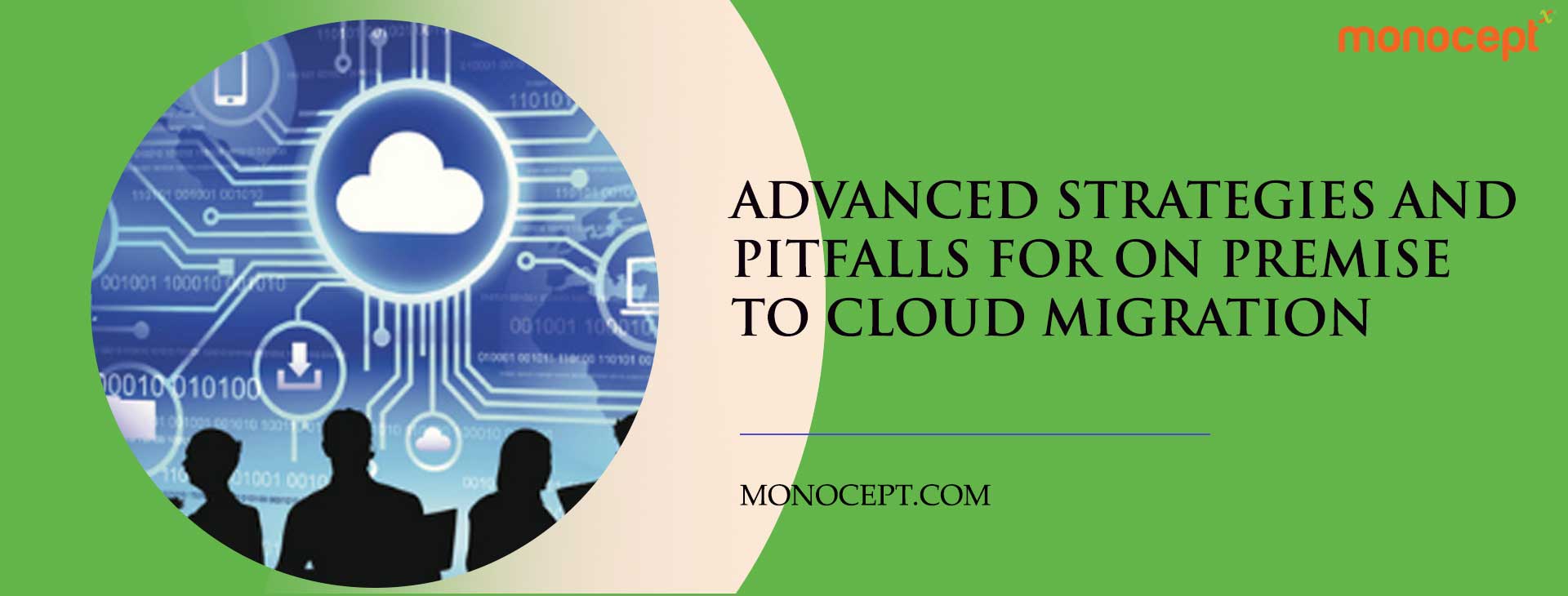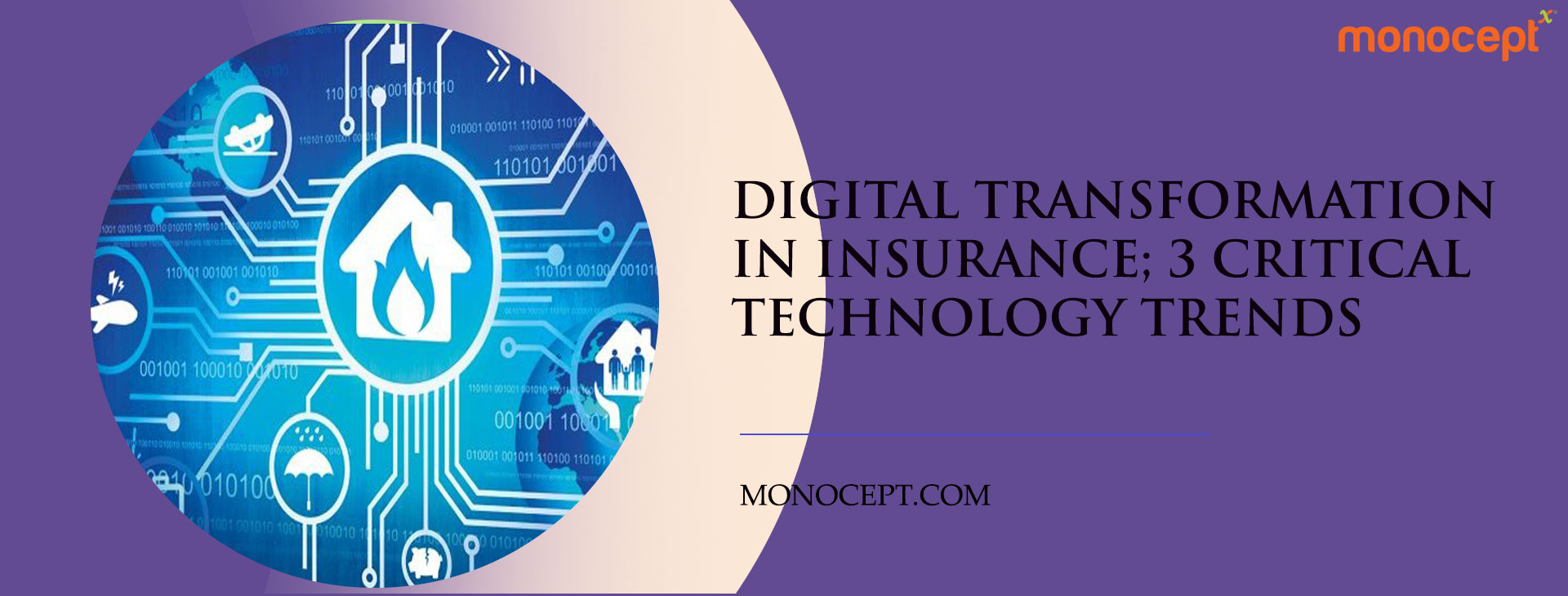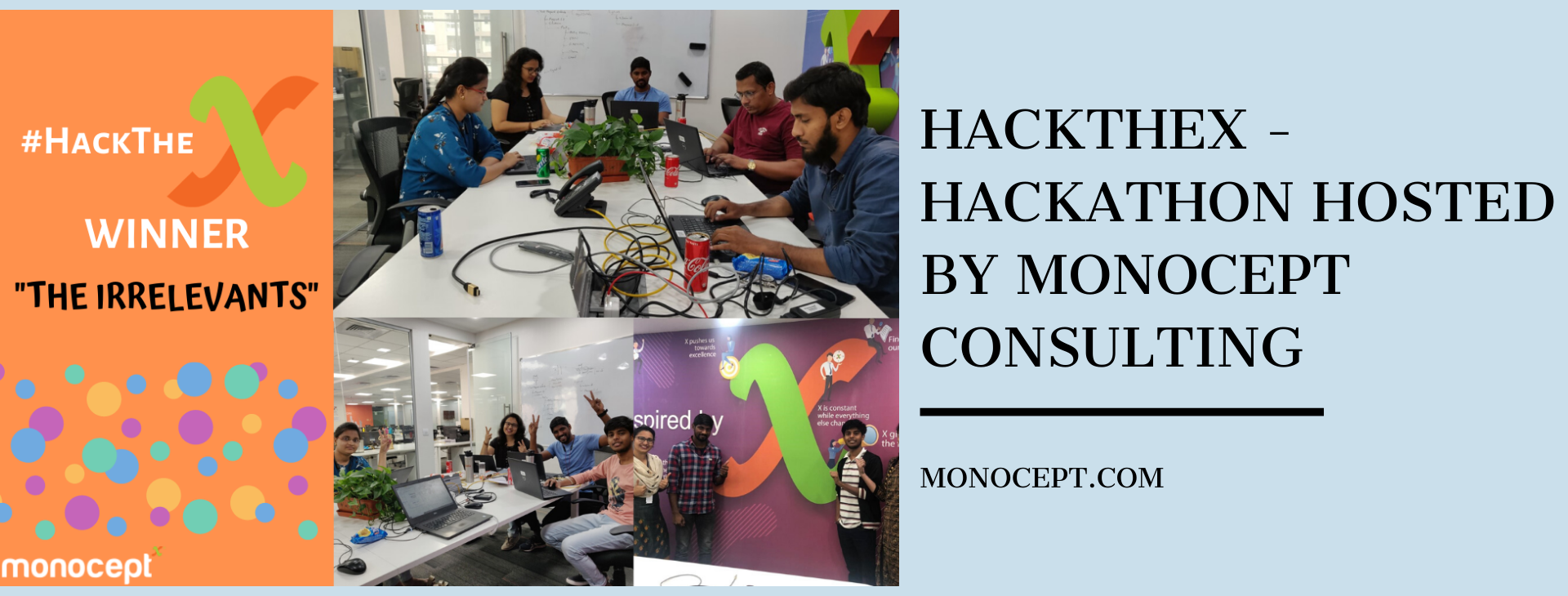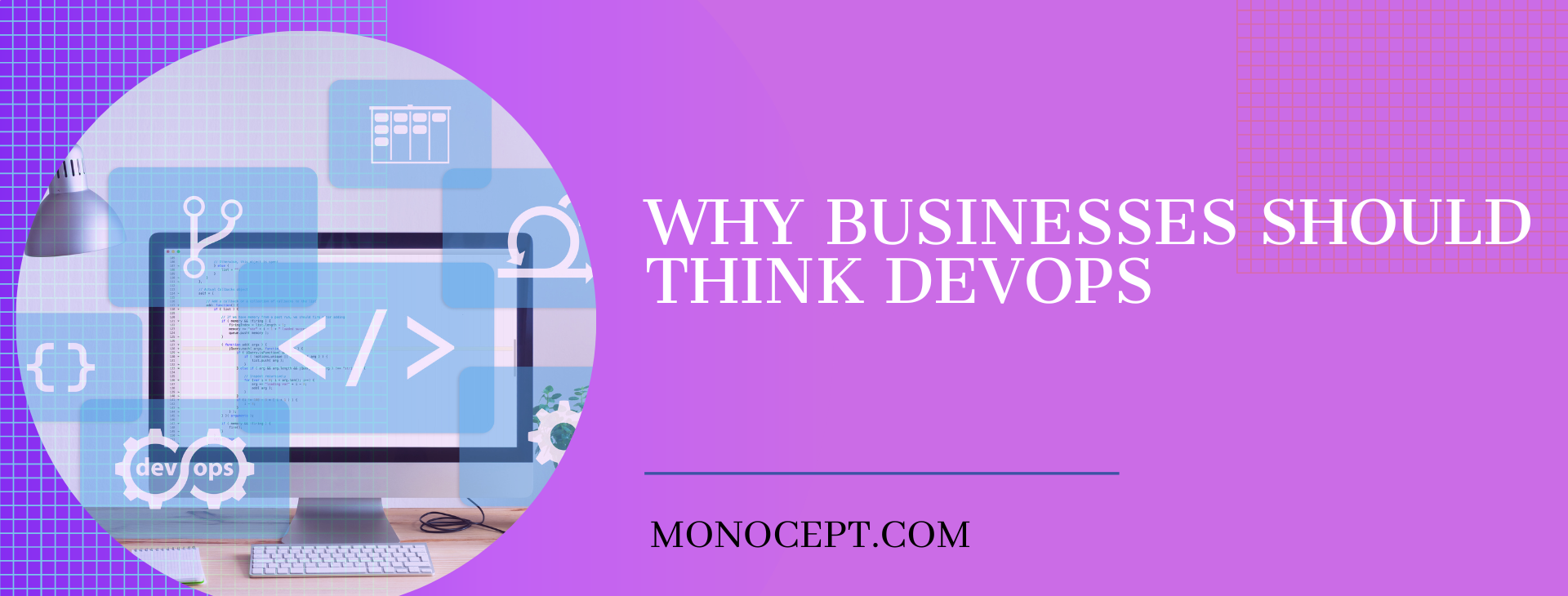Choosing the right cloud migration strategy
In the last blog we discussed in detail the many benefits that follow when an enterprise makes the decision to migrate its applications, databases and digital assets to a remote cloud computing environment. We spoke at length about how using cloud substantially reduces the enterprise’s operational costs by eliminating the prerequisite of large investments in hardware and security systems, while at the same time improving performance and productivity, since enterprises are no longer geographically bound.
It cannot be disputed that cloud — as a more superior platform compared to on-site IT infrastructures — is the future of tech world. As more and more enterprises embark on their cloud migration journeys, the prospect of migrating all their legacy applications and data centres can seem daunting due to the magnitude of the change.
It doesn’t have to seem like a sea change, though. With a carefully planned and deployed strategy, an enterprise’s migration to a cloud platform can be seamless. The right platform, service provider, and tools will ensure that the enterprise suffers almost zero down-time as it migrates its business-critical applications. Choosing the right strategy and service will also enable the enterprise to migrate at scale from multiple sources to its target database.
Here are some of the most popular cloud migration strategies:
Rehosting — or the ‘lift and shift’ strategy
The lift and shift method entails rehosting an existing application as is to a cloud environment without changing its code. This strategy is usually used by organisations that are looking to migrate their large legacy applications and databases at scale in order to meet a critical business need with minimum loss of time. By simply rehosting their digital assets without even purchasing or implementing any cloud optimisation tools, organisations are able to save a lot of money in operational costs. An additional benefit of this strategy is that once the application has already been rehosted on a cloud platform, it becomes easier for the organisation to make changes to its architect and optimise it for the cloud at a later date, because the bulk of the work has already been done.
Refactoring — or the ‘repackaging’ strategy
In this method, enterprises are better able to take advantage of the benefits of cloud by either allowing the code of its legacy application to be altered slightly, or optimising the application by allowing required configuration changes in it.
Rearchitecting the application
This method is usually used when the migrating enterprise is looking to add many new features or scale its operations and performance at a level that would be hard to achieve in its application’s existing environment. To make this happen, cloud-native features are utilised to modify and redevelop the application’s existing architecture or code and optimise it for the cloud platform to achieve faster scalability.
Rebuilding the application
Like the name suggests, this method involves rebuilding the entire application from the ground up, using cloud-based, cloud-native, and cloud-optimised tools and technologies. While this is the most effort-intensive cloud migration strategy, it also ensures that the enterprise has an agile and scalable application at its disposal, powered by the latest and most innovative cloud technologies available at the time.
What’s your Challenge? Let’s work together to solve it.

















































































